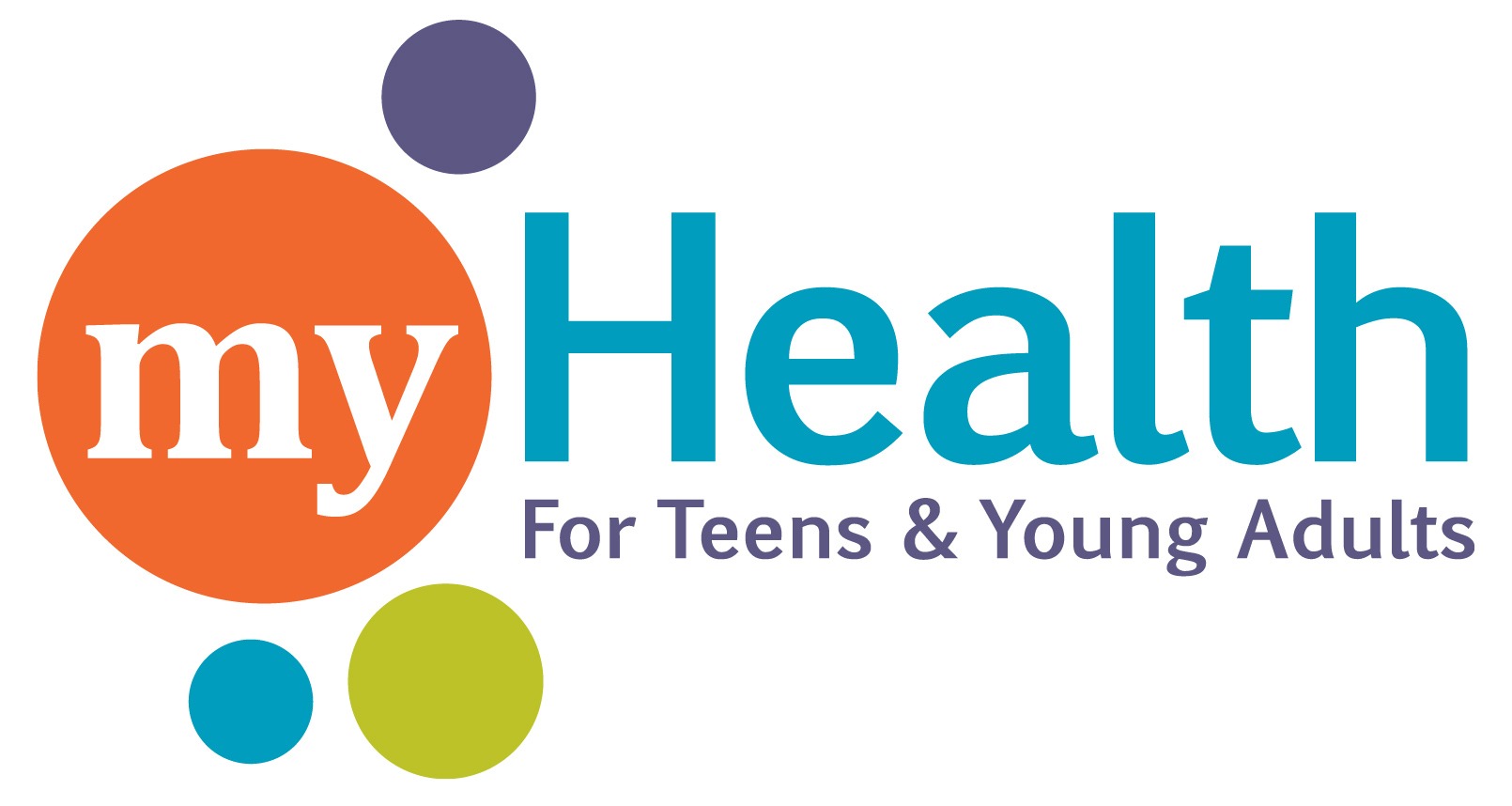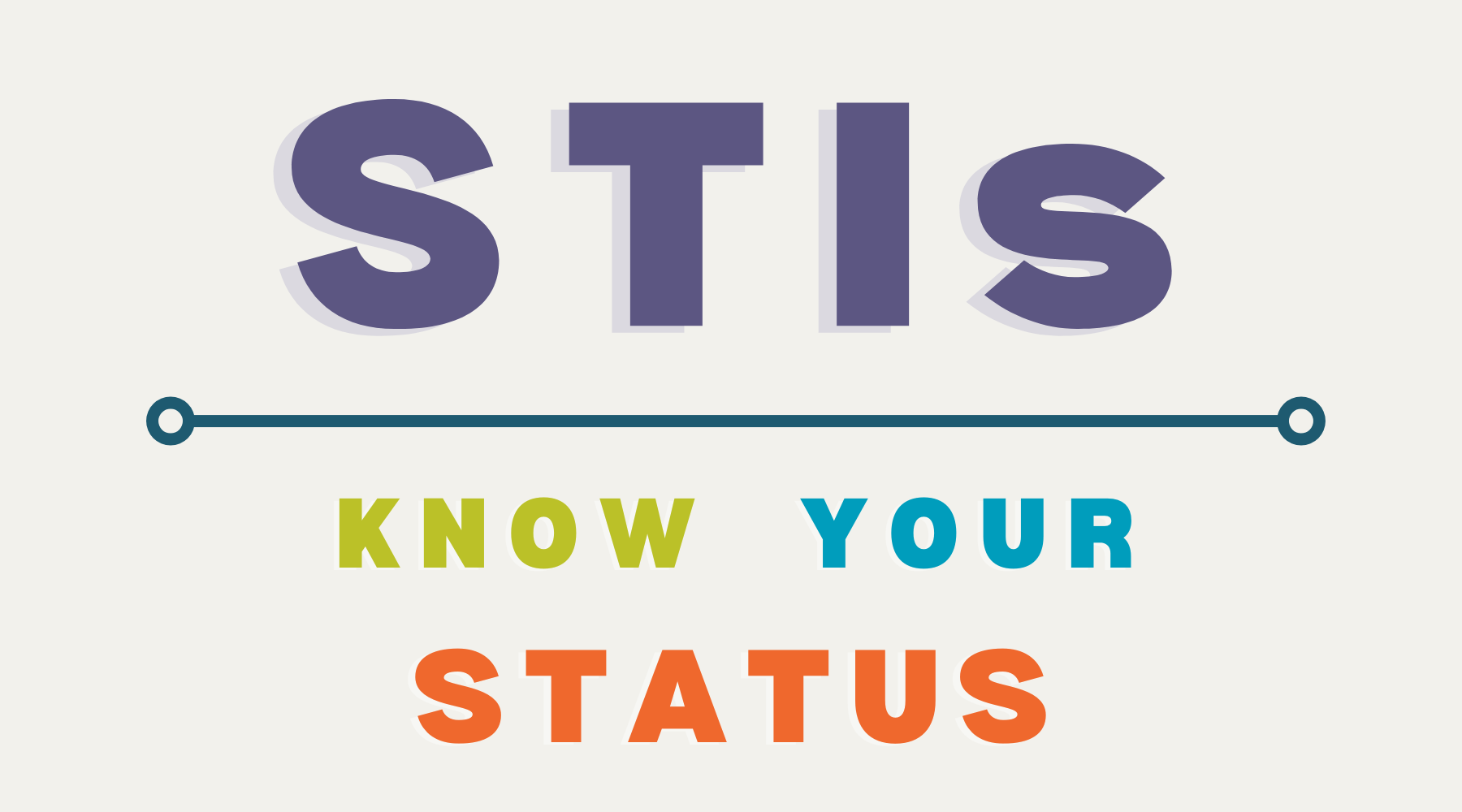HIV, or Human Immunodeficiency Virus, attacks the body’s defenses by damaging or destroying the cells of the immune system. HIV progresses over time, making the body less and less able to fight off infection and certain types of cancer. It can cause AIDS, or Acquired Immunodeficiency Syndrome, after an average of about 10 years in the body.
AIDS is the most advanced stage of the infection. Bacteria and viruses that a healthy body can fight off can cause life-threatening infections in people with AIDS.
There is no cure for HIV, but there are a variety of treatments and strategies that can help HIV positive people live much longer and healthier lives than ever before. One fifth of all U.S. AIDS cases are in people 20-29, which means they almost certainly caught HIV in their teen years.
Most recently infected teens contracted the virus by having sex with an infected partner. Vaginal, oral, and anal sex can all spread HIV. HIV can be spread through 4 body fluids: blood, semen, vaginal fluid, and breast milk. It is NOT spread via saliva, urine, tears, or feces.
If a person is infected with another STI, the chance of getting HIV from an HIV infected partner is greater because of an already weakened immune system and/or the presence of sores which allow the virus easier entry into the body.
Babies born to a person who is HIV positive, who are not being treated, have a 1 in 3 or 4 chance of getting HIV before or during birth and through breast milk. However, a pregnant person who is HIV positive who are receiving treatment greatly lower the risk of giving birth to a child with HIV—treatment is very important!
Tattoo and body piercing needles may be contaminated, unless they are disposable or sterilized. However, it is difficult to adequately sterilize them at home, so piercing or tattooing using sewing needles, safety pins, etc. is not recommended.
But can’t HIV also be spread by…?
Most people don’t know they have HIV until they get tested or start to get symptoms of AIDS. Some people do get a flu-like illness within a month or two of infection. These symptoms include: fever, headache, tiredness, and enlarged lymph glands. This is often mistaken for some other viral infection, and it goes away on its own. This is a time, however, when large amounts of the virus are present in the genital fluids and can be spread more easily.
The best way to tell if a person as a HIV infection is to come in and take a test. At myHealth, we recommend that sexually active young people come in for an STI test at least once a year, even if they have not switched partners or are not showing any symptoms. Some people can take up to 6 months after infection before a test will show a positive result, and it will normally take at least 90 days from infection until an accurate test result can be achieved!

